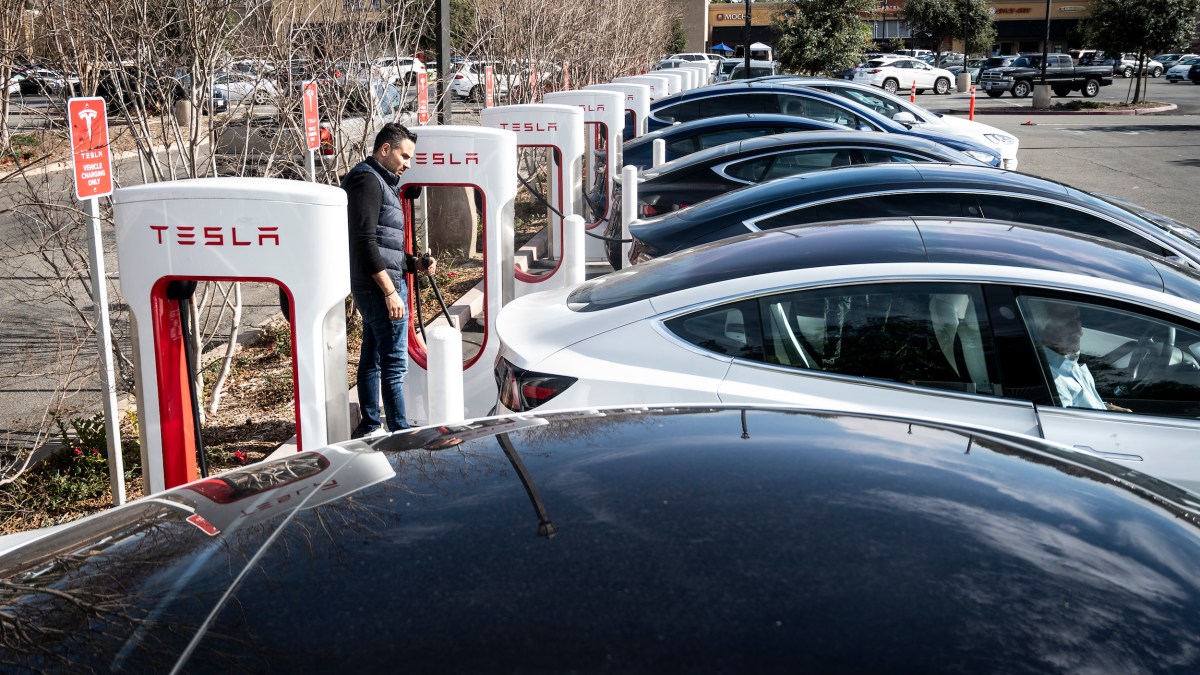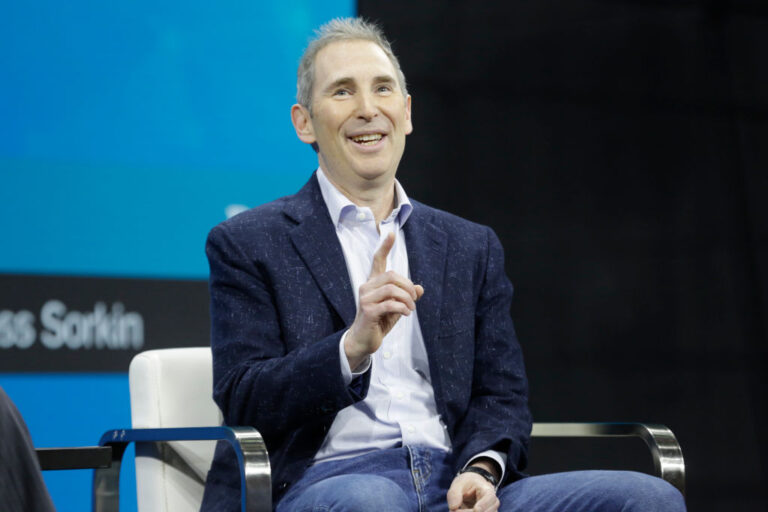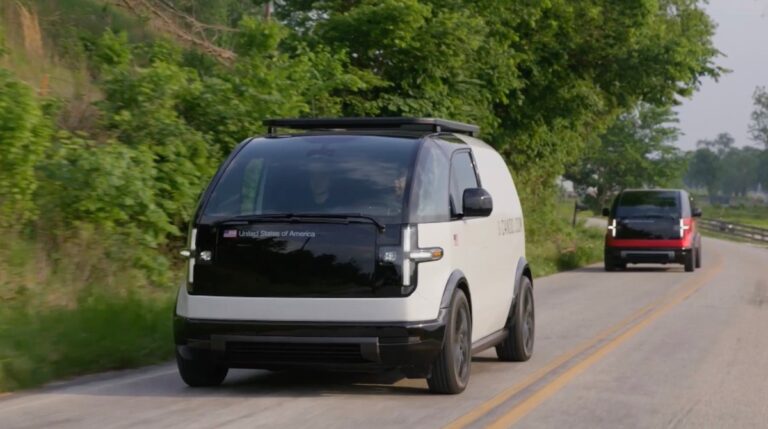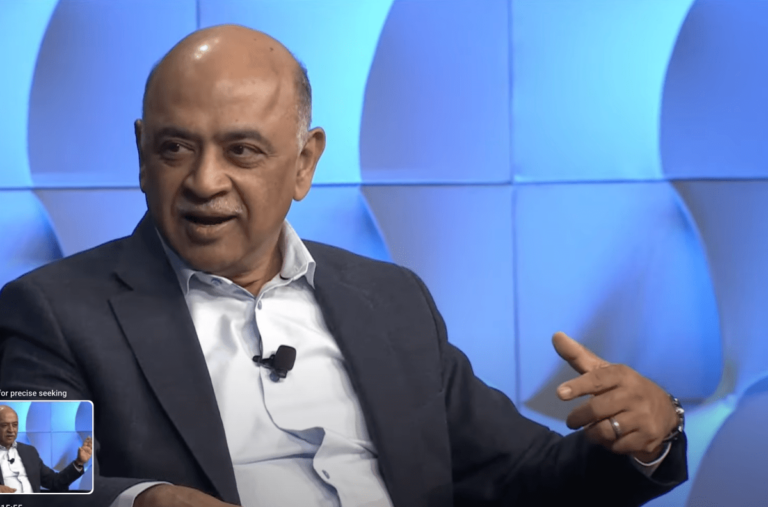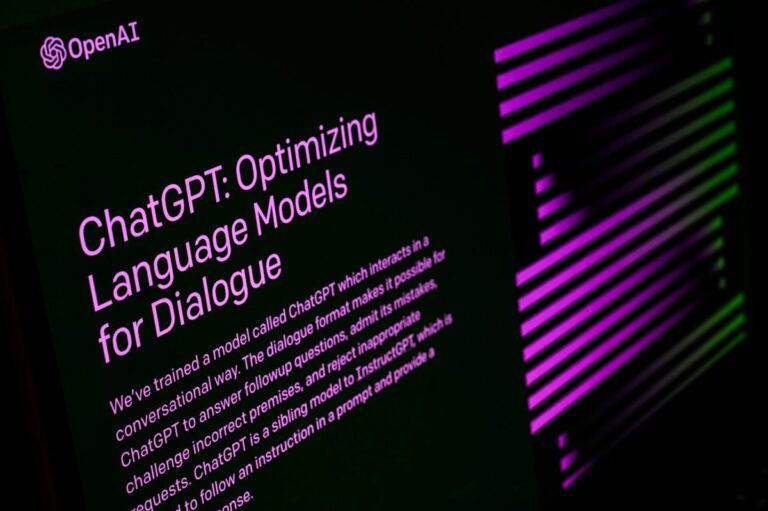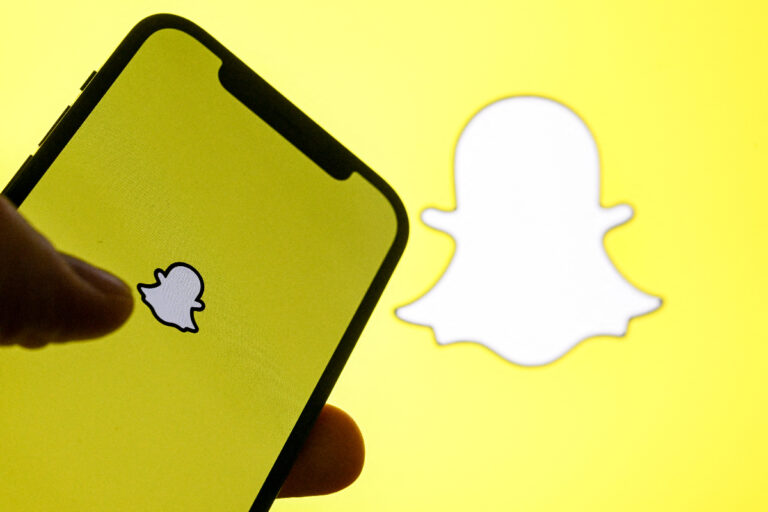Tesla Innovates: Virtual Queues Coming to Supercharging Stations for Seamless Charging Experience
Road rage has long been a concern for drivers, but a new issue is emerging in the world of electric vehicles (EVs): EV charging rage. This term describes the frustration felt by EV users when someone cuts in line at charging stations, particularly when only a few ports are available for use. This growing trend has sparked discussions on social media, highlighting an alarming reality where charging disputes have even escalated to violence.
Understanding EV Charging Rage
The phenomenon of EV charging rage is becoming increasingly common, as many drivers share their experiences online. In fact, there have been documented instances where confrontations over charging access turned deadly.
The Impact of Charging Station Congestion
With the rise in EV ownership, the demand for charging stations has surged. This has led to longer wait times and heightened tensions among drivers. Key points include:
- Increased EV Ownership: More people are turning to electric vehicles as a sustainable option.
- Limited Charging Infrastructure: Not all locations have enough charging ports to meet demand.
- Social Media Awareness: Drivers are sharing their experiences, leading to greater public awareness.
Tesla’s Response to Charging Disputes
In light of these issues, Tesla has announced a new initiative to alleviate charging-related tensions. Following a notable incident at a Supercharger station, Tesla revealed plans to pilot a virtual queuing system at select locations starting in the second quarter of the year. This initiative aims to enhance the customer experience for the small percentage of users who face extended wait times.
Details of the Virtual Queuing System
According to Tesla’s post on X, the virtual queuing system is designed to improve user experience significantly:
- The initiative targets the approximately 1% of cases where drivers experience wait times.
- Tesla plans to expand this system based on user feedback and success in pilot locations.
- The company is also committed to growing its charging network by over 20% each year to meet increasing demand.
Will Other EV Drivers Benefit?
Currently, it remains uncertain whether non-Tesla EV drivers will have access to the new queuing system immediately. Several automakers, including GM, Ford, Nissan, and Lucid, have already integrated with Tesla’s Supercharger network, which may impact the rollout of this new feature.
As the EV market continues to grow, addressing issues like charging rage will be essential for ensuring a positive experience for all drivers. For more insights on EV technology and infrastructure, check out our articles on EV Infrastructure and Electric Vehicles.

